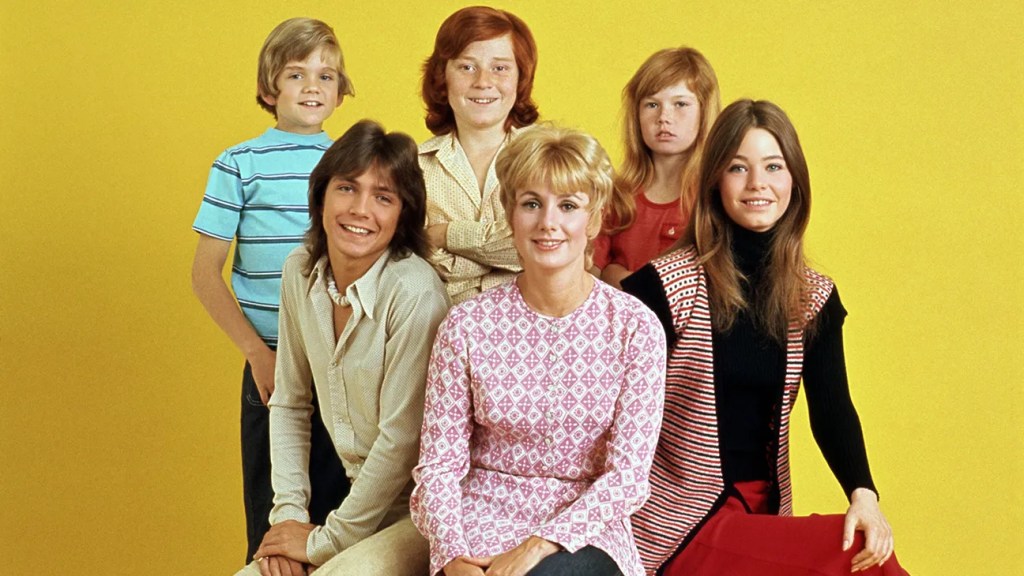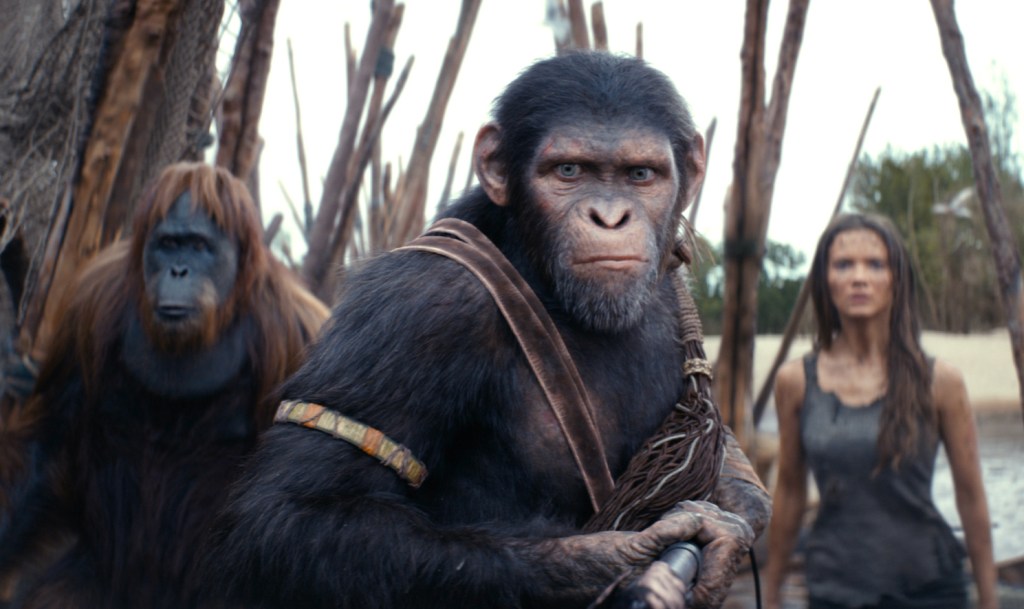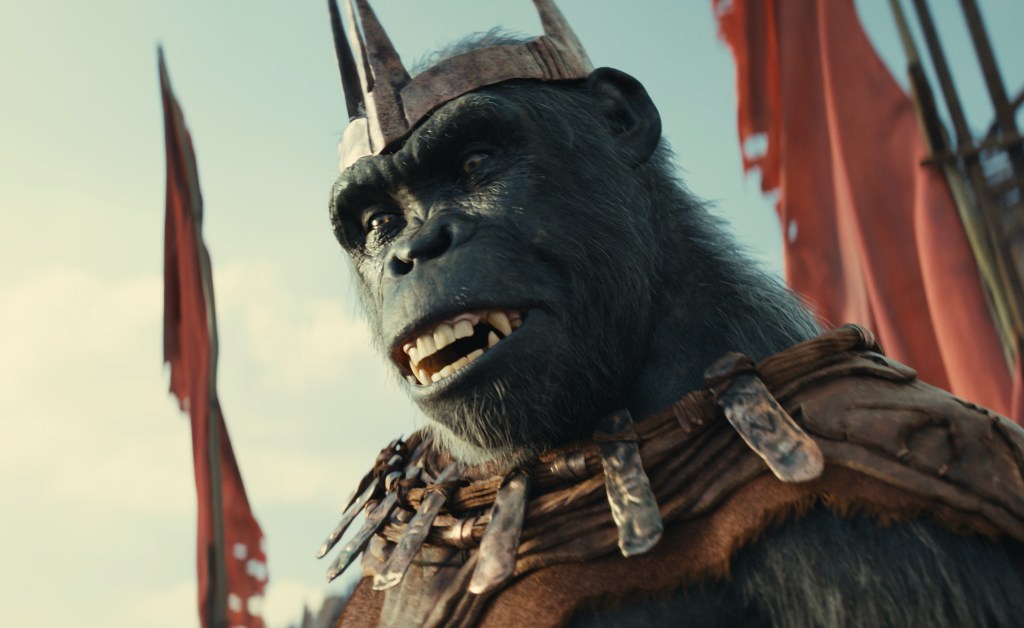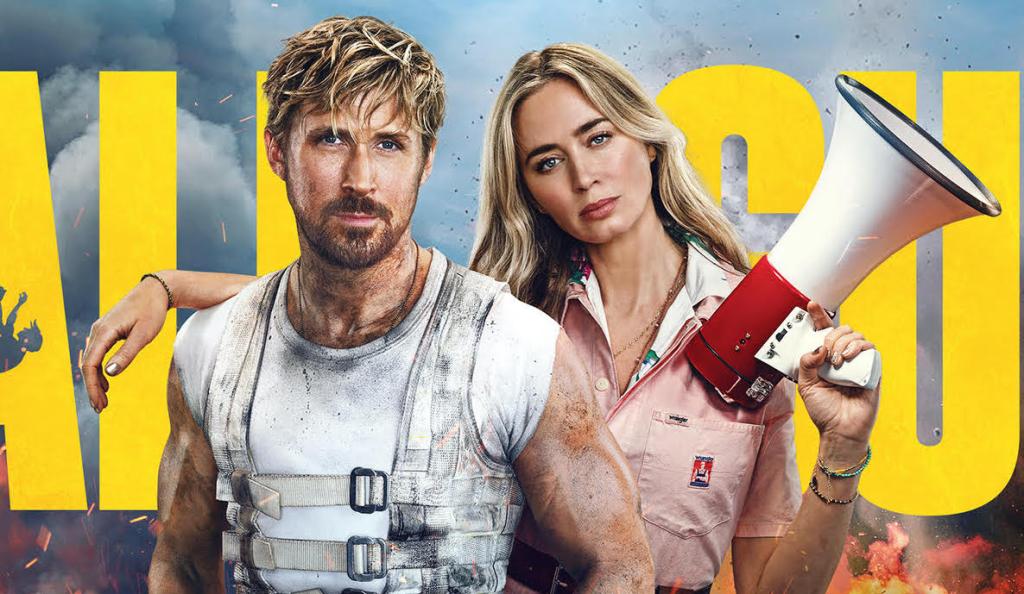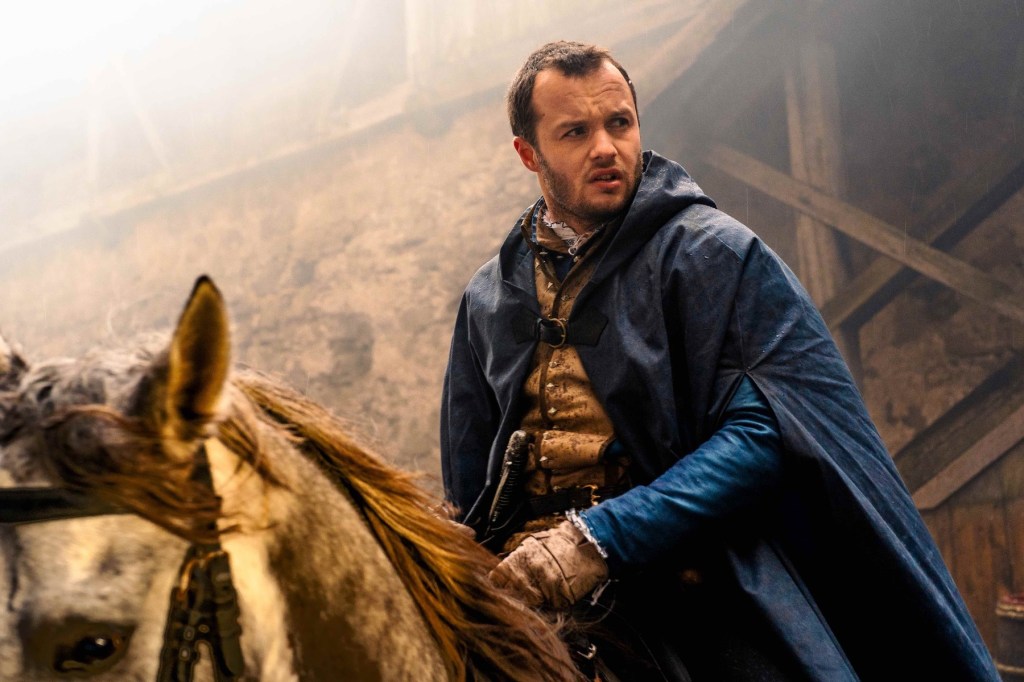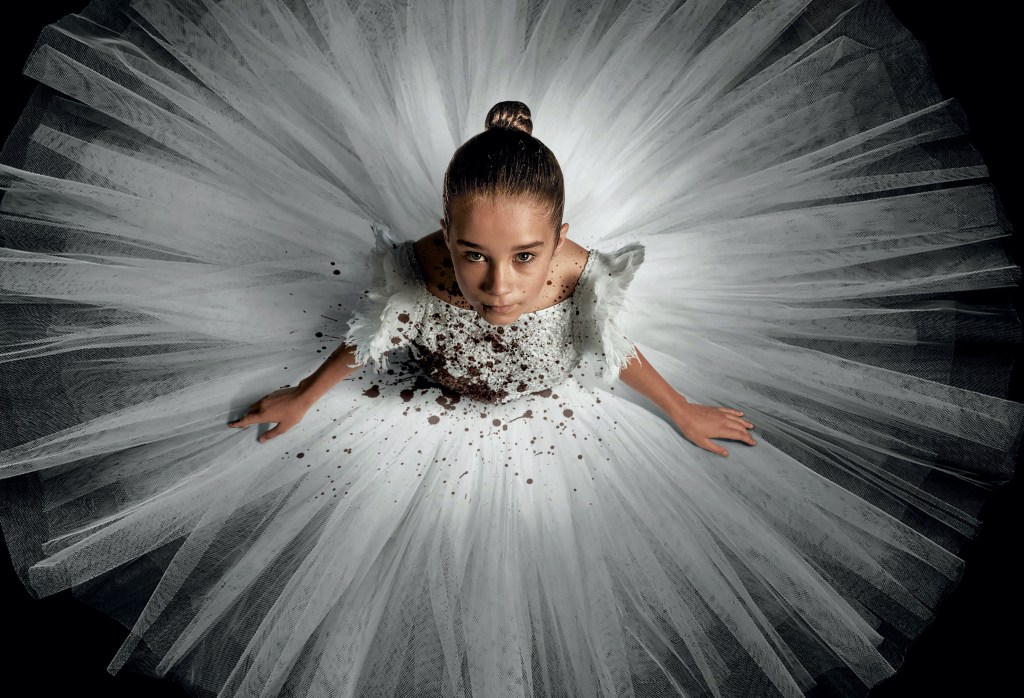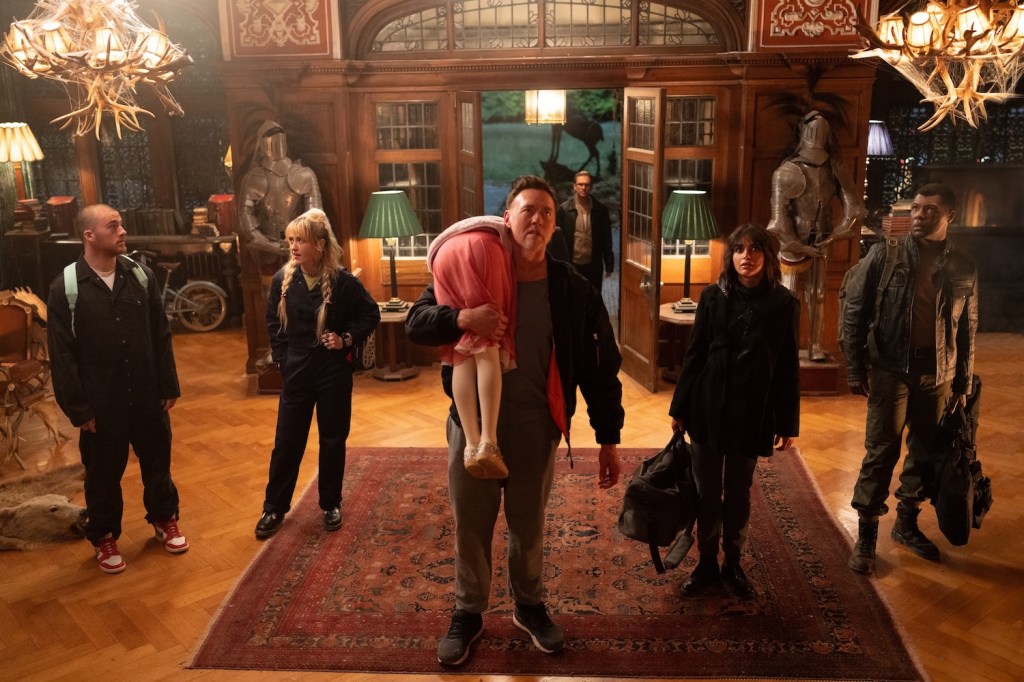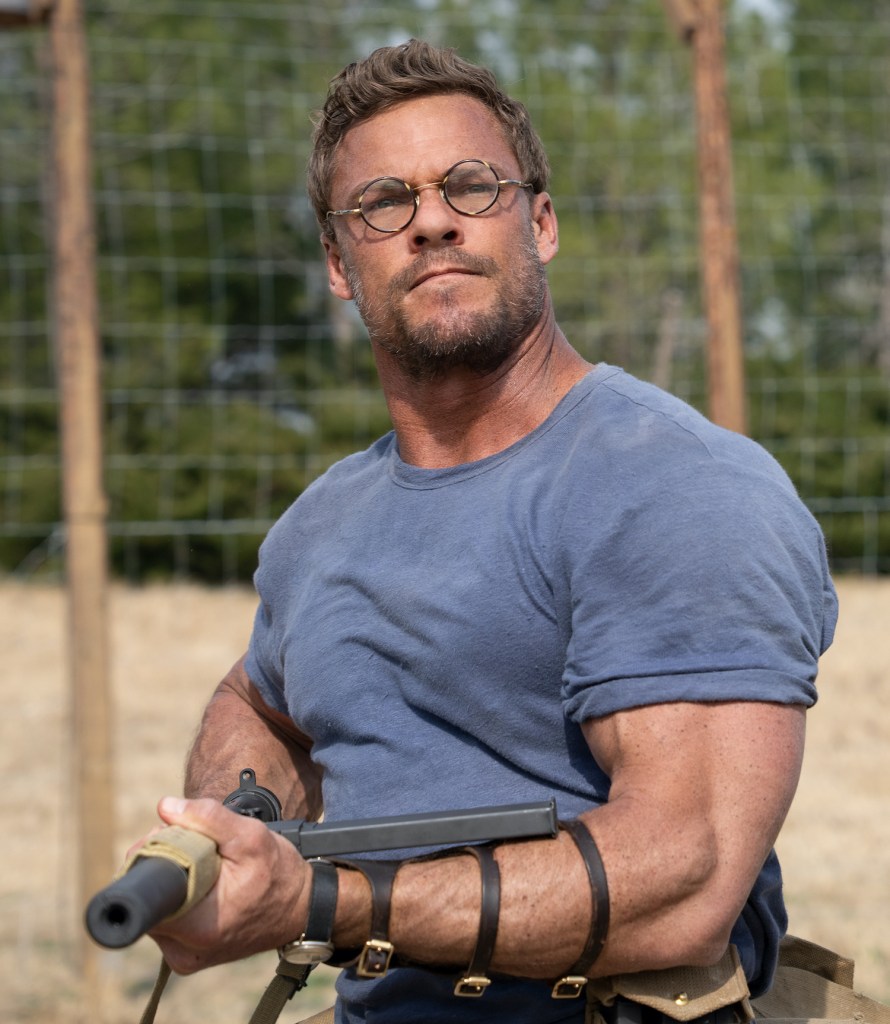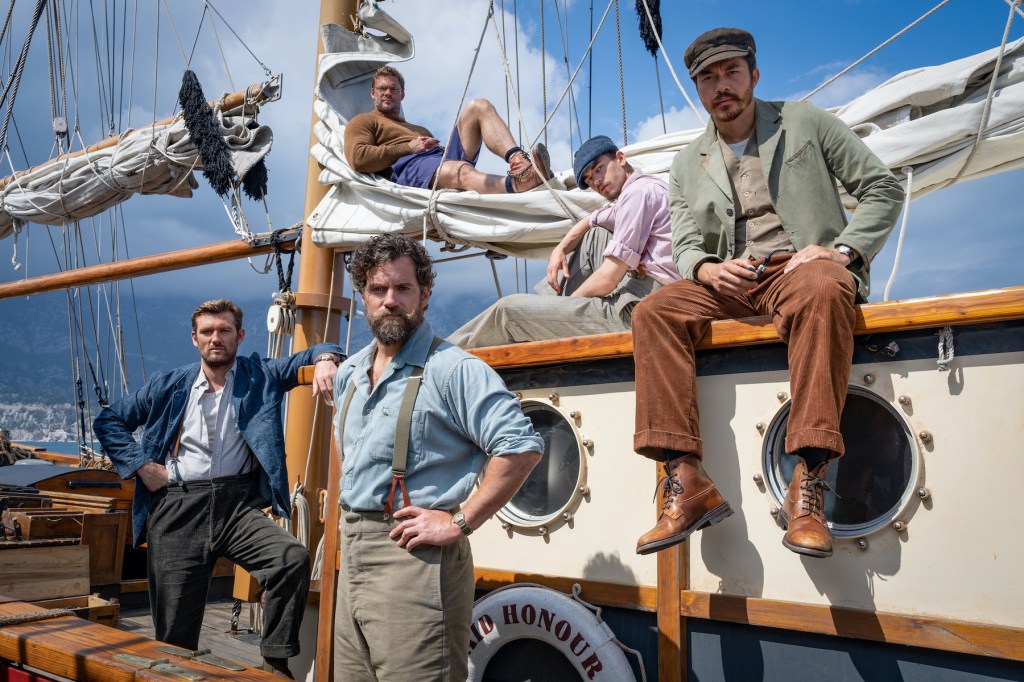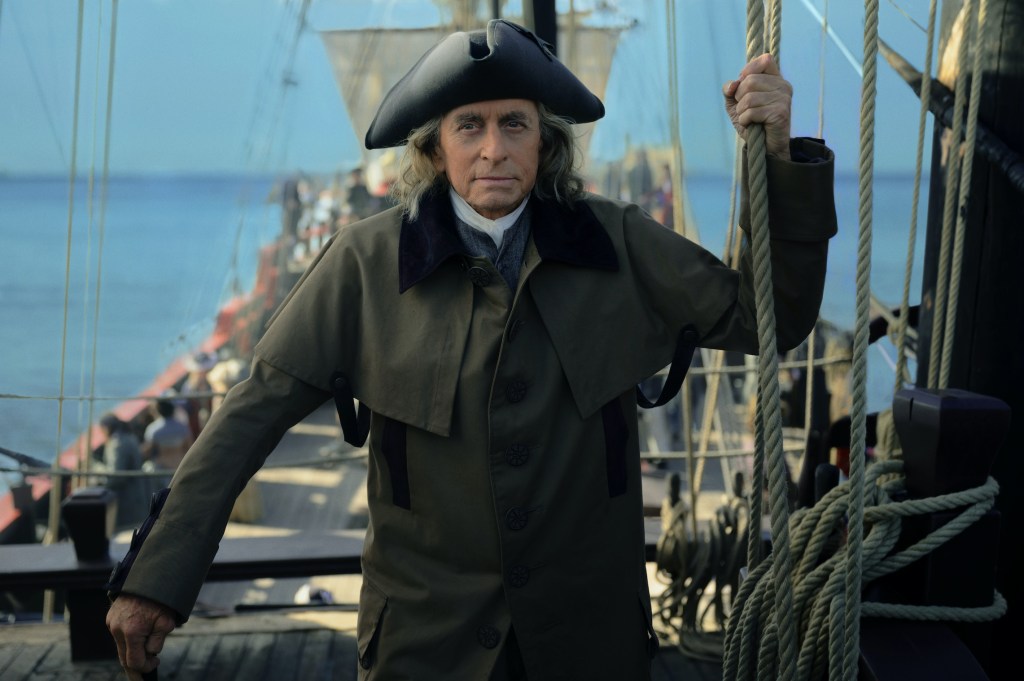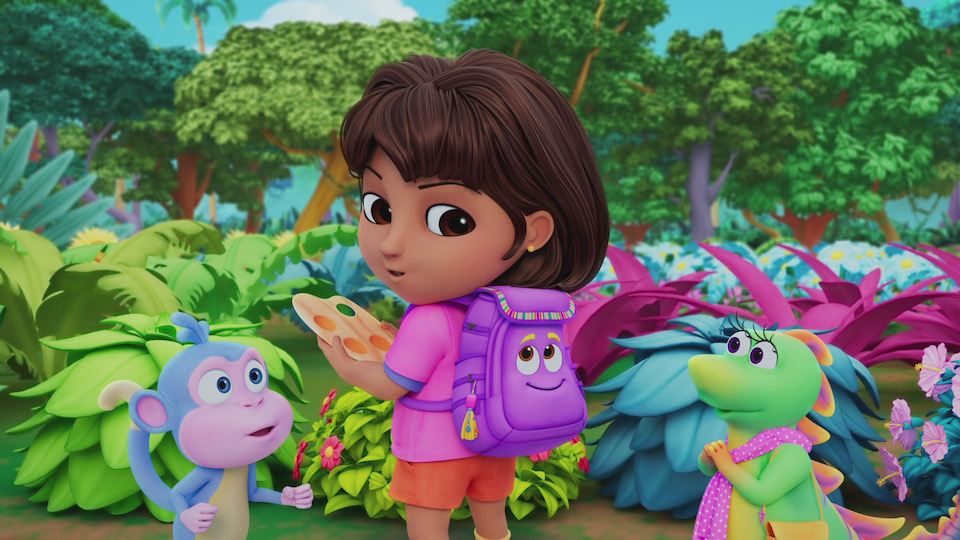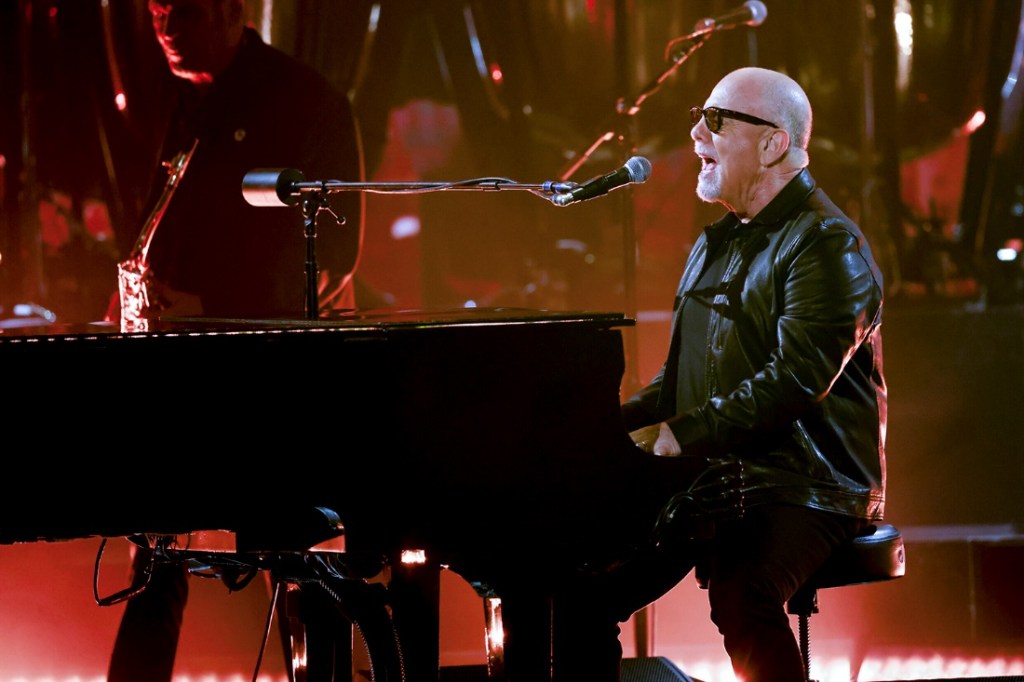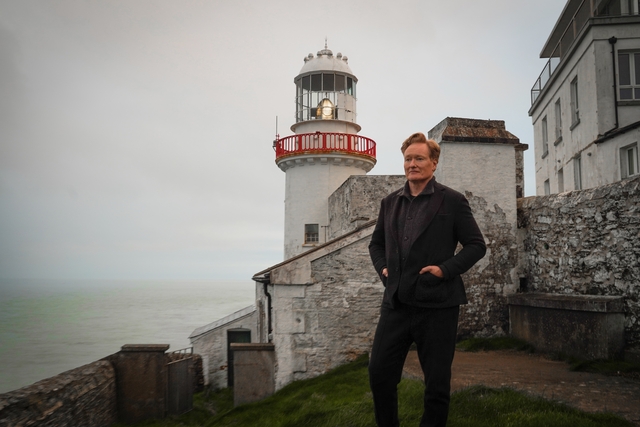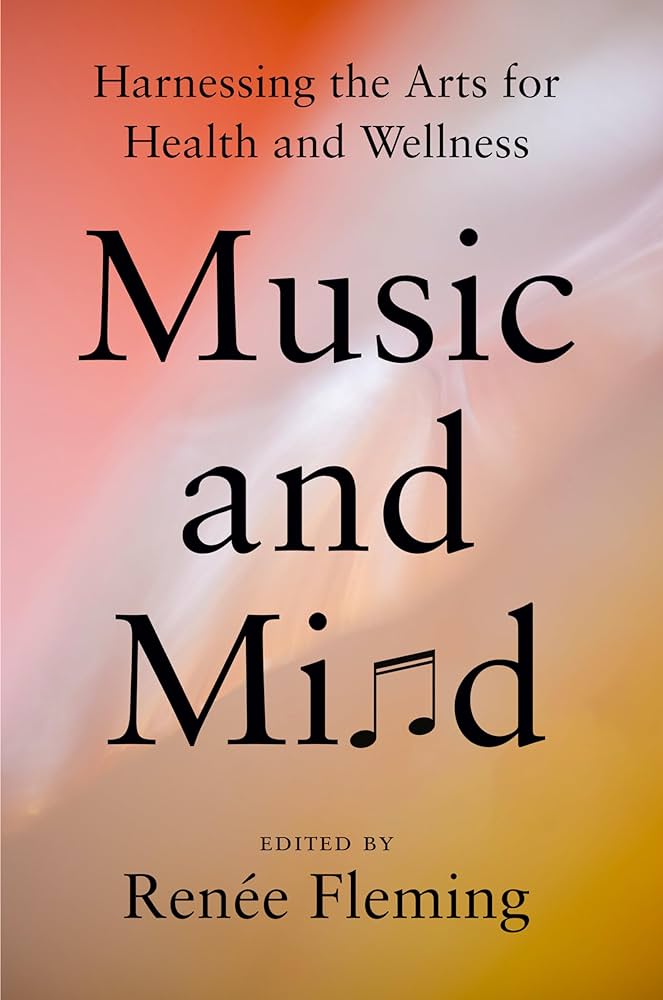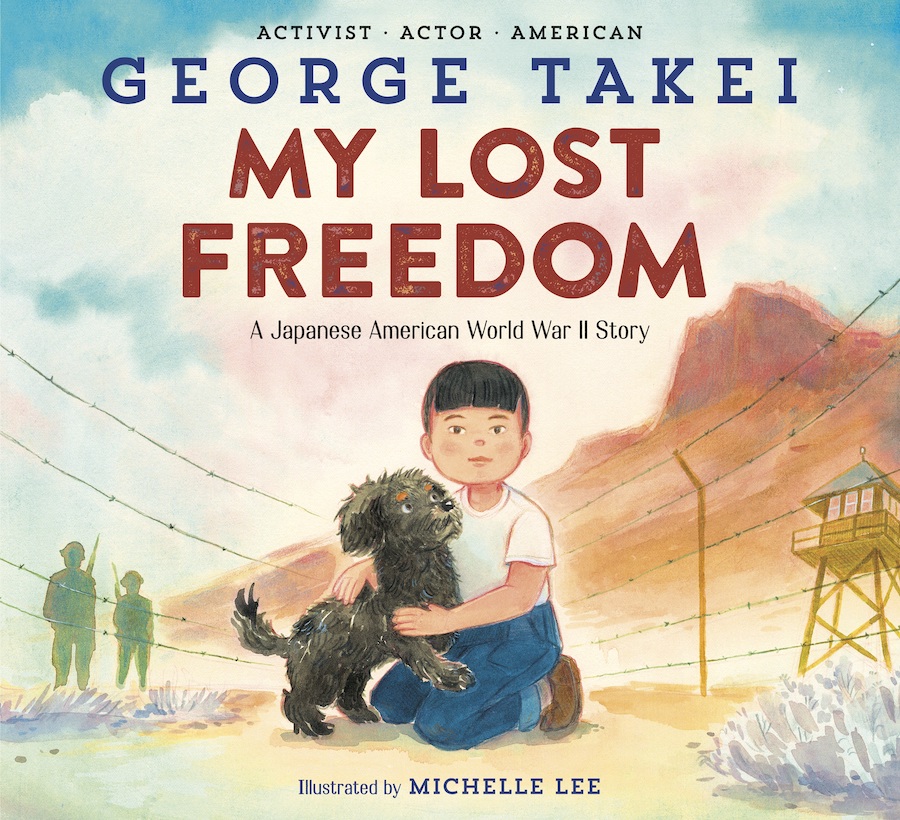Amy Winehouse musical biopic sidesteps the slurry complexities of the self-destructive ‘Rehab’ singer

Back to Black
Starring Marisa Abela, Eddie Marsan & Jack O’Connell
Directed by Sam Taylor-Johnson
Rated R
In theaters Friday, May 17
The late, infamously troubled chanteuse Amy Winehouse was nobody’s f*uckin’ Spice Girl, as she reminds a group of record exes in this dutiful biopic that shows how the British singer struggled with addiction while turning her personal pain into musical gain—like “Rehab,” the sassy signature song that helped her sweep up five Grammys in 2008.
Marisa Abela, who formerly starred in the HBO office drama Industry (and had a smaller role, as Teen Barbie, in Barbie) is a knockout as Winehouse, even doing her own singing instead of lip-synching to Winehouse’s slurry vocals. And when she dons a sky-high beehive, puts on some truly formidable eyelashes, covers her body with tattoos, affects a Cockney brogue, pulls out a prosthetic tooth and pops in a piercing above her lip, well, the transformation can really fool your eyes as well as your ears.
And the movie shows how Winehouse was a gloriously talented mess, finding success and acclaim while floundering in a downward spiral of spiral of drugs, booze, bulimia (we see her vomiting over a toilet once), blackouts and toxic codependency. The crux of the film is her relationship with a charming rouge, Blake Fielder-Civil (Jack O’Connell), who eventually became her husband and inspired many of her songs on her second and final album, Back to Black—and has been blamed for introducing her to hard drugs like cocaine and heroin.

Eddie Marsan plays Winehouse’s fretful, Sinatra-loving father, Mitch, ever concerned about his daughter’s self-destructive bent but helpless to stop it. (He does eventually drive her to rehab, though—despite the lyrics in her song that protest “No, no, no.”) Lesley Manville is her doting grandmother, Cynthia, a former singer herself who inspired much of Amy’s affection for jazz, a formative ingredient in her unique musical cocktail of ska, soul, R&B and reggae.
Back to Black reminds us of the spectacular talent of a singer who literally drank herself to death at age 27, in 2011. But it often soft-pedals over the wrenching traumas of drug addiction and Winehouse’s other deep-rooted demons—like depression and bipolar disorder—while focusing primarily on her on-again, off-again relationship with Fielder-Civil as the main root of her problems. I suspect that getting the stamp of approval from Winehouse’s family may have softened what could have otherwise been more gut-punch depictions of her sad derailment and eventual demise.

We see Winehouse singing in pubs, in arenas and on her bed, strumming and writing jabby tunes about her exes (like a British Taylor Swift). We watch her and Blake in a musical montage at a zoo as they observe lions and gorillas, suggesting that their relationship is going to likewise be wild and feral. A later sequence, with them swimming nude in a pool at night, shows the deep, dark dive they’ve taken into each other. But Winehouse’s professed desire to become a mother is never really explored, nor is her strained, distanced bond with her own mum (Mathilda Thorpe).
The movie uses Winehouse’s pet canary, Ava, as another kind of metaphor—suggesting that Winehouse was also a pretty little songbird in a cage, a captive of forces she couldn’t control. She comes to accept her fate as tabloid fodder and a prisoner of her own fame, with the whirr of the of paparazzi cameras sounding like the drone of swarming cicadas.
It’s all good, but it’s not great, and I liked it without loving it. It’s a fairly safe, serviceable and frequently somber story of a spiky, often combative subject who refused to conform. But does it offer many eye-opening revelations about the spectacular trainwreck that eventually claimed the life of a fiery superstar, who streaked across the music scene like a blazing meteorite? As the refrain goes in the song that will always be Amy Winehouse’s legacy, “No, no, no.”
—Neil Pond
